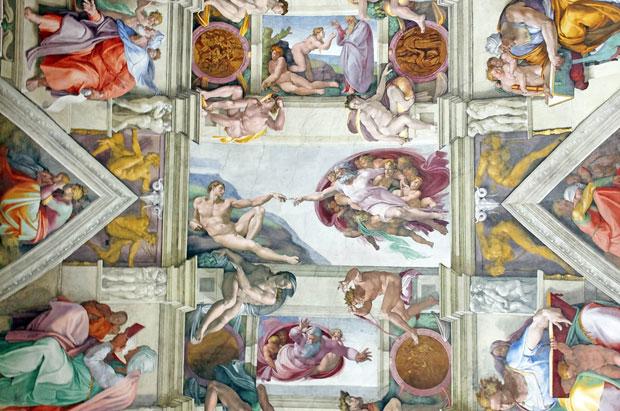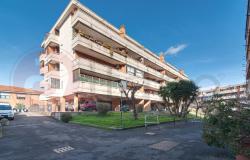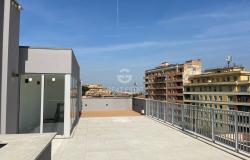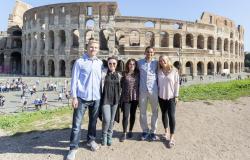On Aug. 15, 1483, Pope Sixtus IV consecrated the Vatican's Sistine Chapel to the Virgin Mary.
Pope Sixtus IV, born Francesco della Rovere, served from 1471 to 1484. It was Julius who began the rebuilding of St. Peter's Basilica in 1506, as the most potent symbol of papal power. He was also the one who ordered the restoration of the old Cappella Magna and commissioned Pietro Perugino, Sandro Botticelli, Domenico Ghirlandaio and other painters to adorn the walls with frescoes depicting biblical stories of Moses (on left wall) and Christ (on right wall). The group of artists he brought together introduced the Early Renaissance into Rome.

The Sistine Chapel is named after Sixtus IV.
However, he died before he could see the masterpieces now known all over the world: the spectacular ceiling of the Sistine Chapel, with the famous creation scenes, and the Last Judgment, both painted by Michelangelo Buonarroti.
Julius II della Rovere, pontiff from 1503 to 1513, nephew of Sixtus IV, decided to partly alter the decoration of the chapel, hiring Michelangelo in 1508 to do the work. Michelangelo, who was not primarily a painter but a sculptor, was reluctant to take on the work. He finished in October 1512 and on November 1, the feast of All Saints, Julius II inaugurated the Sistine Chapel with a solemn Mass.
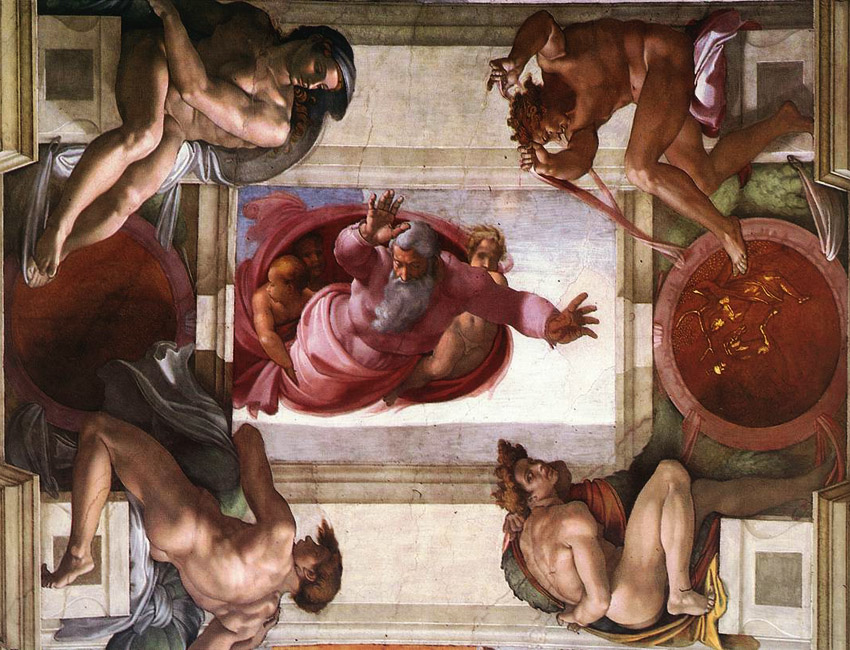
The nine central panels tell stories from the Book of Genesis, from the Creation to the Fall of man to the Great Flood and the subsequent rebirth of mankind. The Creation of Adam is the best known, with the hands of God and Adam being reproduced in countless imitations. More than 350 figures are portrayed on the ceiling, including angels and demons, some of them wearing the faces of Michelangelo’s contemporaries.
Michelangelo would return to the Sistine Chapel 24 years later to paint the Last Judgment on the altar wall, commissioned by Clement VII de' Medici, pontiff from 1523 to 1534, toward the end of 1533 when he decided to further alter the decoration of the Sistine Chapel. Using the texts of the New Testament as inspiration, Michelangelo depicted the Second Coming of Christ and the final and eternal judgment of humanity by God. Christ is surrounded by prominent saints, including Catherine of Alexandria, Peter, Lawrence, Bartholomew, Paul, Peter Simon, Sebastian, John the Baptist, and others.

The artist began the mighty work in 1536 during the pontificate of Paul III and completed it in the autumn of 1541.
The Last Judgment was one of Michelangelo's most controversial works. It was criticized for showing too many nude figures. When Vatican functionary Biagio da Cesena complained of the nakedness in the Last Judgment, Michelangelo painted Cesena as a demigod of the underworld (Minosse), with donkey ears and a snake biting him in the crotch. Artists later were hired to cover up some of the more explicit creatures depicted in the fresco.

Today the Sistine Chapel, besides being visited by millions of people from all over the world, is still used for the Papal Conclave, the meeting of the College of Cardinals to elect the pope. "The Sistine Chapel is the place that, for each Pope, holds the memory of a special day in his life,” said Pope John Paul II. “Precisely here, in this sacred space, the Cardinals gather, awaiting the manifestation of the will of Christ with regard to the person of the Successor of St. Peter.” White smoke goes up the chapel chimney to signal that the Holy Father has been selected. The Chapel was used early this year to elect Pope Francis.

In his Last Judgment, Michelangelo wished to represent all possible attitudes of the human body – and of the spirit. He represented joy and sadness, hope and desperation, love and rage. Provocative and scandalous since the beginning, it has never ceased to amaze the crowds that, 530 years later, keep packing the small space to marvel at the beauty that has withstood the passing of time.
